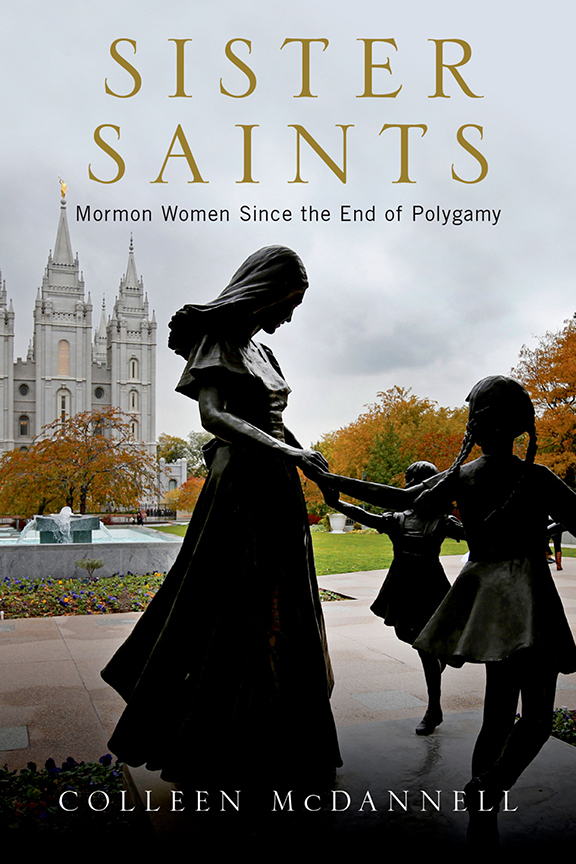Q&A with Colleen McDannell
 Colleen McDannell, professor of history, recently published “Sister Saints: Mormon Women Since the End of Polygamy.” Her book offers a history of modern Mormon women that takes aim at various stereotypes,
showing that their stories are much more complex than previously thought.
Colleen McDannell, professor of history, recently published “Sister Saints: Mormon Women Since the End of Polygamy.” Her book offers a history of modern Mormon women that takes aim at various stereotypes,
showing that their stories are much more complex than previously thought.
Below, McDannell answered a few questions about her new book.
What prompted you to write the book?
I came to Utah in 1989, just as The Church of Jesus Christ of Latter-day Saints was confronting the activities and beliefs of some of its members. Feminists in particular were considered to be less than faithful. As a historian of religion, I cautiously followed those events but resigned myself to publish and teach about other faith traditions. I never lost the desire to understand the Latter-day Saint women who surrounded me – as students, friends and neighbors. I wanted to know the history of those women.
Who will we meet in the book?
One person is Ramona Cannon, who most of us know only because there is a teaching award named after her. In 1913, she was one of the first women in the state to receive a graduate degree in English. She did some teaching, but she was much more influential as the advice columnist for the Deseret News. As “Mary Marker” (not unlike “Ann Landers”), Cannon published letters sent to her from troubled women and men – as well as her candid responses. She did this from 1947 until 1974, when she retired at age 86. When she died five years later, Cannon was working on a degree in sociology. She certainly was remarkable, but more importantly for historians she saved 1,400 letters that were sent to “Mary Marker.” Consequently, we have an intimate glimpse into the lives of average women who lived during the peak years of Mormon domesticity.
What do you hope readers will take away from the book?
Everyone knows how important women are in homes and in the community but when it comes to history, we tend to only know about the activities of men. “Sister Saints” broadens and deepens Mormon history. Women are active creators of all religious cultures and Latter-day Saints are no exception. From its very inception, Latter-day women have both embraced their faith and challenged it. I hope “Sister Saints” breaks up stereotypes about Mormons and about women.
How did your career/research influence the book?
I come to the study of Latter-day history from the perspective of religious studies. I have published books that range from studies of heaven to how Catholics are represented in the movies. What links together all my scholarship is a concern for how real people experience and practice their religion. In order to reveal the complicated ways that people express their faith, I have to look beyond the printed words of the clergy. That’s why I scrounge libraries for saved letters or read oral histories or watch old movies.
To learn more about “Sister Saints,” please join McDannell in a discussion on Thursday, Nov. 8 at 7 p.m. in the Language and Communication Building, rm. 1110.
